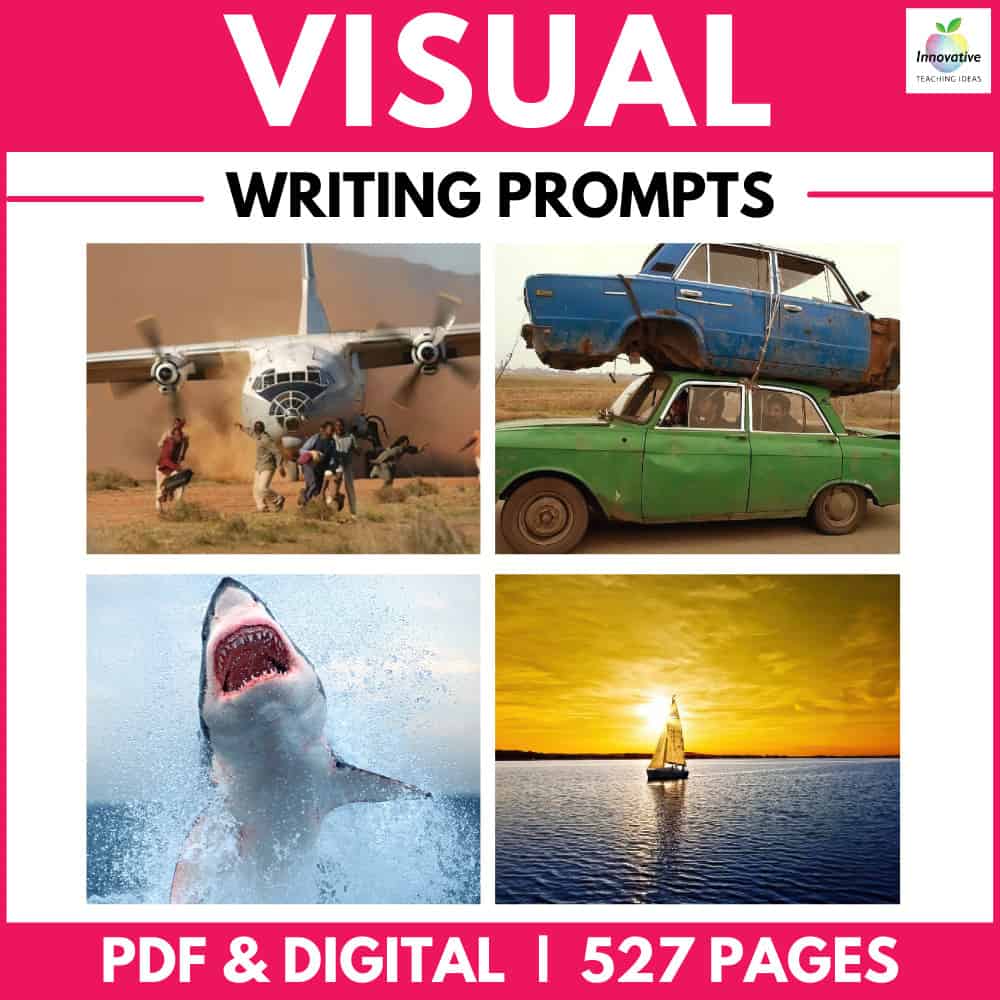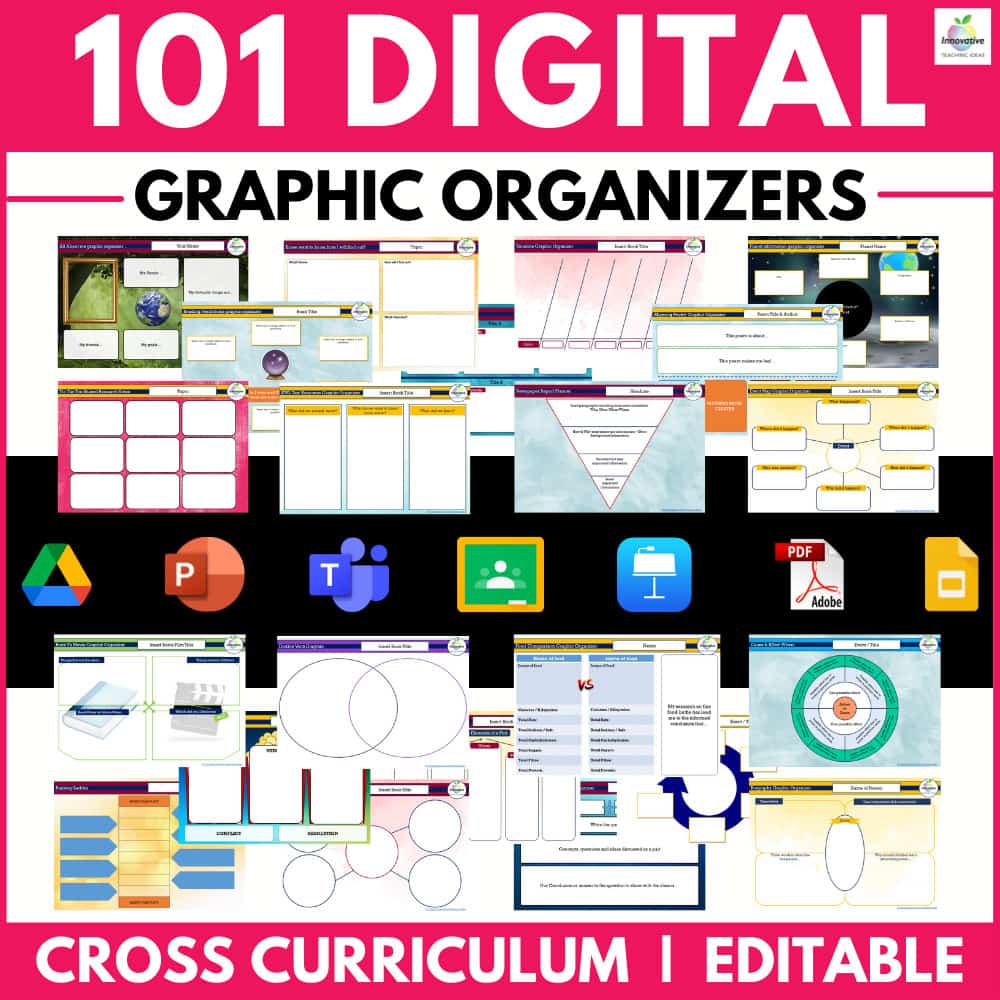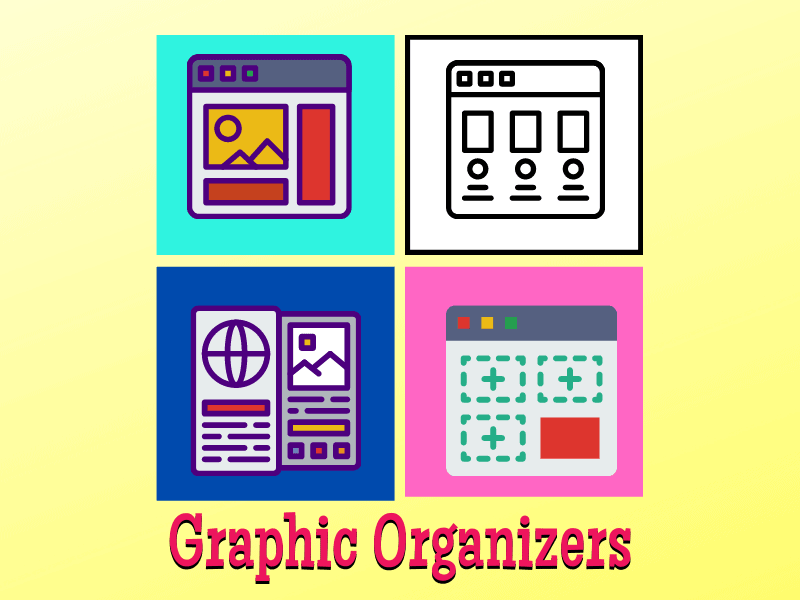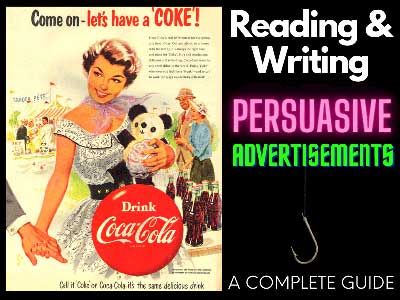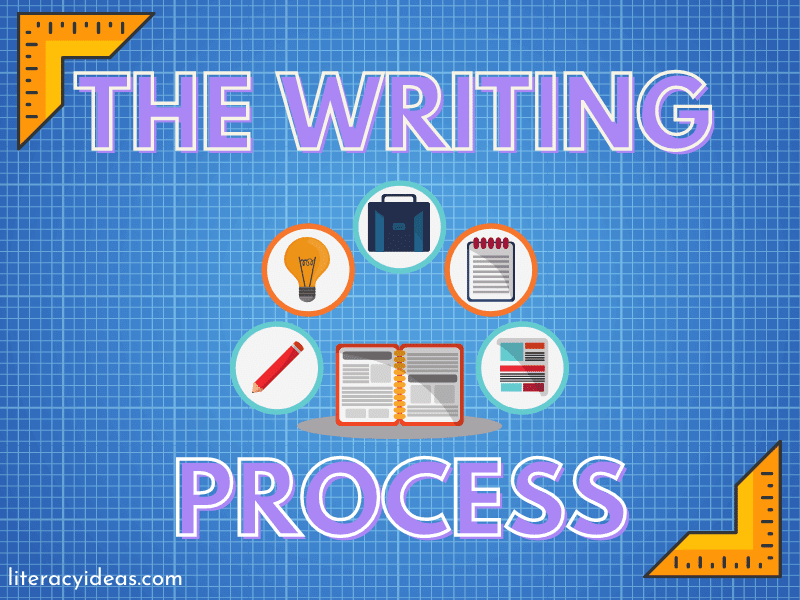
What are Graphic Organizers?
As educators, we are aware of the different ways students can learn. It’s why we don’t just stand at the top of the classroom each day and lecture. Students, especially school-aged students, need a variety of stimuli in the classroom. They need a range of strategies to experiment with to find the best ways for them to complete a set task. Graphic organizers are a great strategy to add to their toolbox.
So, what exactly is a graphic organizer? Simply put, a graphic organizer is a means of organizing information by expressing concepts, knowledge, thoughts and ideas in a visual manner. As students fill in their graphic organizer, they display links and relationships between concepts. Generally, graphic organizers are used as instructional tools and to facilitate learning. Some well-known types of graphic organizers include mind maps, Venn diagrams, story maps, and compare and contrast charts.
What Are the Benefits of Using Graphic Organizers in the Classroom?
There are impressive advantages to using graphic organizers in the classroom. Just a few of these are listed below:
- It makes content easier to understand and, therefore, easier to remember.
- It helps student filter information down to what is important.
- Encourages students to become more strategic in their learning which will help in their future studies
- It helps students display their understanding of taught material and, therefore, can provide useful assessment information to inform planning.
- It improves focus as it helps students organize their information and see the relationships between ideas.
In this article, we will look at a few ways to use graphic organizers with your students to improve their reading and writing.
How Can Students Use Graphic Organizers to Improve Reading?
1. KWL Chart Graphic Organizer
Using a KWL Chart is a great way to connect prior learning to new learning. It encourages students to review what they have learned on a given topic and consider what further learning they would like to develop on the topic before they undertake a piece of reading. When the student has completed their reading task, they then record what they have learned from the reading. The template for a KWL chart will look something like this:
- What I Know
- What I Want to Learn
- What I Have Learned

2. Story Sequence Graphic Organizer
A significant aspect of reading comprehension relies on the reader following the sequence of events as they occur. This is true whether we are discussing genres from fairytales to chronological reports. Story sequence graphic organizers present a text in a jumbled series that the student must read and organize into a logical sequence before sticking it onto a sheet or long strip of paper. The text may be displayed as pure illustrations or as illustrations and text, depending on the level of the students. This activity helps students internalize the structure of the genre focused on and will help bridge to later independent writing activities. Read our complete guide to sequencing here.
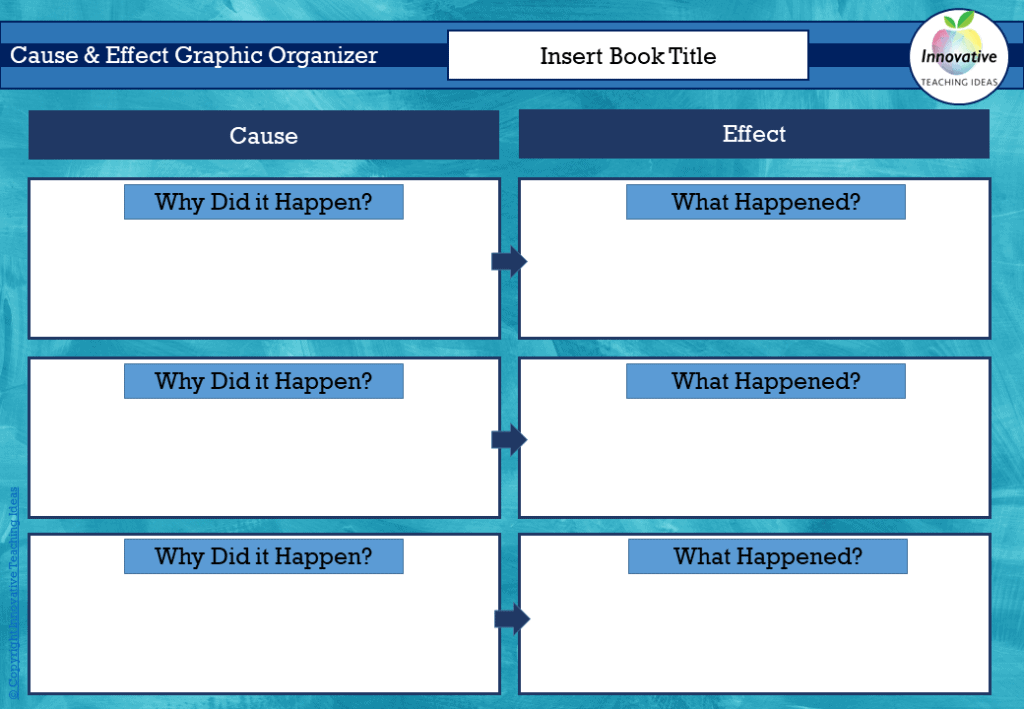
From reading to writing…
A nonfiction application can also be made called a Sequence Chart. This consists of a series of rows beginning with the topic identified in the first row with the steps to be taken to complete the task to be filled below in chronological order. The sequence chart is a great prep activity for instruction writing.

3. Vocabulary Box
Reading is a surefire way to help build a wide and varied vocabulary. But often, there aren’t enough contextual clues to help students figure out the meaning of an unfamiliar word.
Often they will look it up in a dictionary or online only to forget the meaning before returning to their reading. Vocabulary Boxes are a superb way for students to really get to grips with new vocabulary. A Vocabulary Box is a simple graphic organizer that lays out a part grid for students to record essential details when they look up a new word, including definition, part of speech, example sentence, and illustration (usually their drawing). This can be an accompanying homework to reading and helps students engage in a type of active reading that is much more effective in building vocabulary.
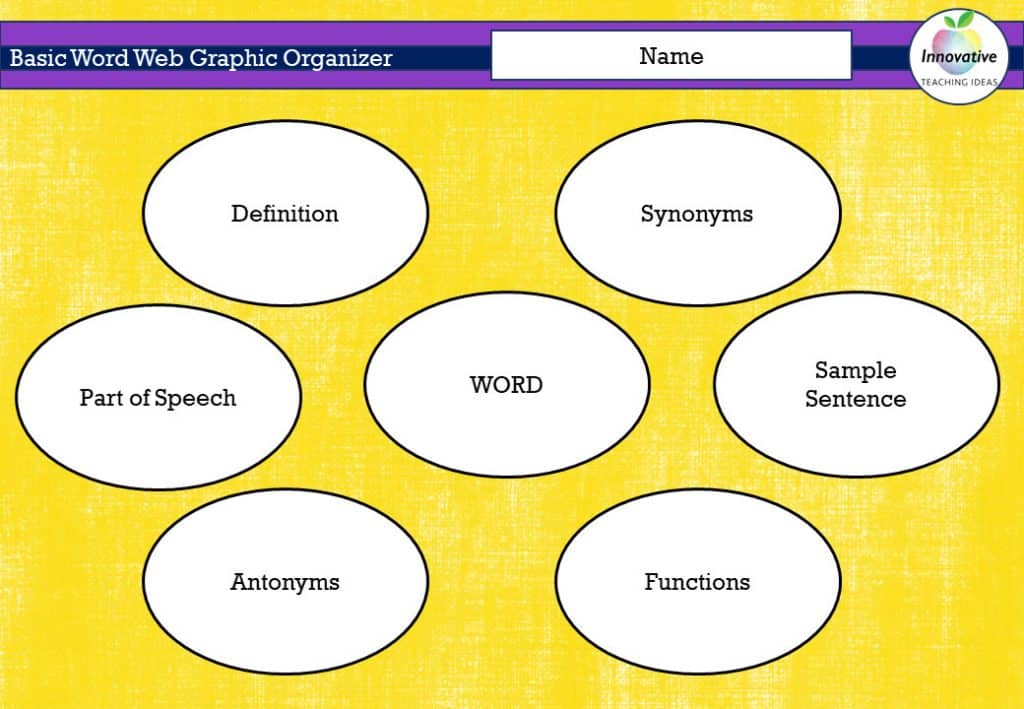
How Can Students Use Graphic Organizers to Improve Writing?
3. The Hamburger Paragraph Writing Organizer
This organizer helps students get their ideas into a cohesive shape before beginning formal writing in earnest. It consists of the three main aspects of a paragraph visually representing a hamburger – mmmm, yum! This concrete display of structure is very useful in approaching the often challenging and unwieldy task of writing a paragraph or essay.
The first part, the top bun, corresponds to the introduction or the topic sentence, indicating what the paragraph is about to the reader. The hamburger filling represents the following supporting sentences, where supporting ideas and information are listed. The final bottom bun represents the paragraph’s conclusion. The notes here will help the student later write sentences that restate the topic sentence, summarize the ideas, and bring closure to the paragraph as a whole.
Read our complete guide to paragraph writing here.

4. The 5 W’s and an H Graphic Organizer
This simple organizer helps students organize their thoughts when undertaking journalistic writing, such as a report. It divides the sheet into sections to jot down initial ideas based on the questions every journalist strives to answer: Who, What, When, Where, Why, and How?
This graphic organizer leads the student from answering the more straightforward factual questions, such as who and when organically leading them into the more complex questions of how and why. Structuring notes this way encourages students to organize their information and thoughts on that information before beginning the writing process. This helps produce a unified piece of writing that builds logically as it climbs the ladder of abstraction from the purely factual to the more abstract and universal.

Do-It-Yourself Graphic Organizing
Open any word-processing application from Microsoft Word and Pages to Google Docs and Open Office, and you’ll find a host of ready-made free writing templates. In essence, these are graphic organizers that help you perform several functions, anything from writing a resumé to drafting a business report. You can also use this word-processing to design your own graphic organizers for your student.
For example, if you want to produce an organizer for a particular writing genre, simply look at the specific criteria of that genre, draw out the various headings or related writing prompts and create a corresponding table in your word-processing program. You can add graphics, images, colorful tables and fonts. Making your own graphic organizer allows you to tailor your template for the specific needs of your students and relate it exactly to your own teaching methodologies.
Use Graphic Organizers to Bring Learning to Life!
We have only just touched the tip of the graphic-berg. With the ubiquity of computers in all aspects of our lives, we have at our fingertips a wealth of free and commercially available tools to help us use sophisticated graphic organizers to bring learning to life for our students. However, not all graphic organizers need to be made to the highest production standards.
Sometimes a simple table scratched onto a scrap paper can help a student slide that missing jigsaw piece of understanding firmly into place. The key to using graphic organizers in the classroom is to encourage our students to discover the best ways for them to learn – tooling them up to be self-directed learners for life!
101 DIGITAL & PRINT GRAPHIC ORGANIZERS FOR ALL CURRICULUM AREAS
Introduce your students to 21st-century learning with this GROWING BUNDLE OF 101 EDITABLE & PRINTABLE GRAPHIC ORGANIZERS. ✌NO PREP REQUIRED!!!✌ Go paperless, and let your students express their knowledge and creativity through the power of technology and collaboration inside and outside the classroom with ease.
Whilst you don’t have to have a 1:1 or BYOD classroom to benefit from this bundle, it has been purpose-built to deliver through platforms such as ✔ GOOGLE CLASSROOM, ✔ OFFICE 365, ✔ or any CLOUD-BASED LEARNING PLATFORM.


